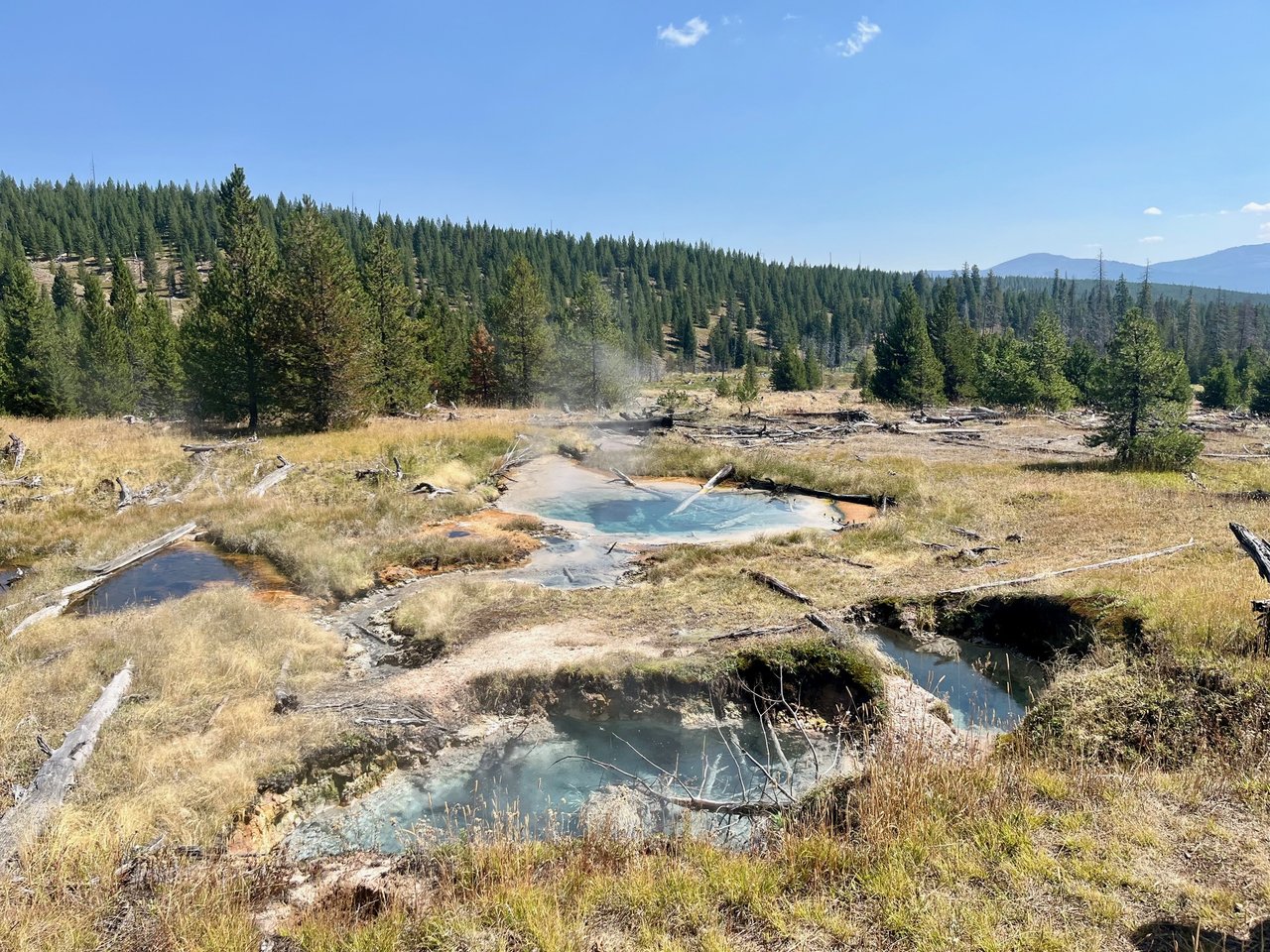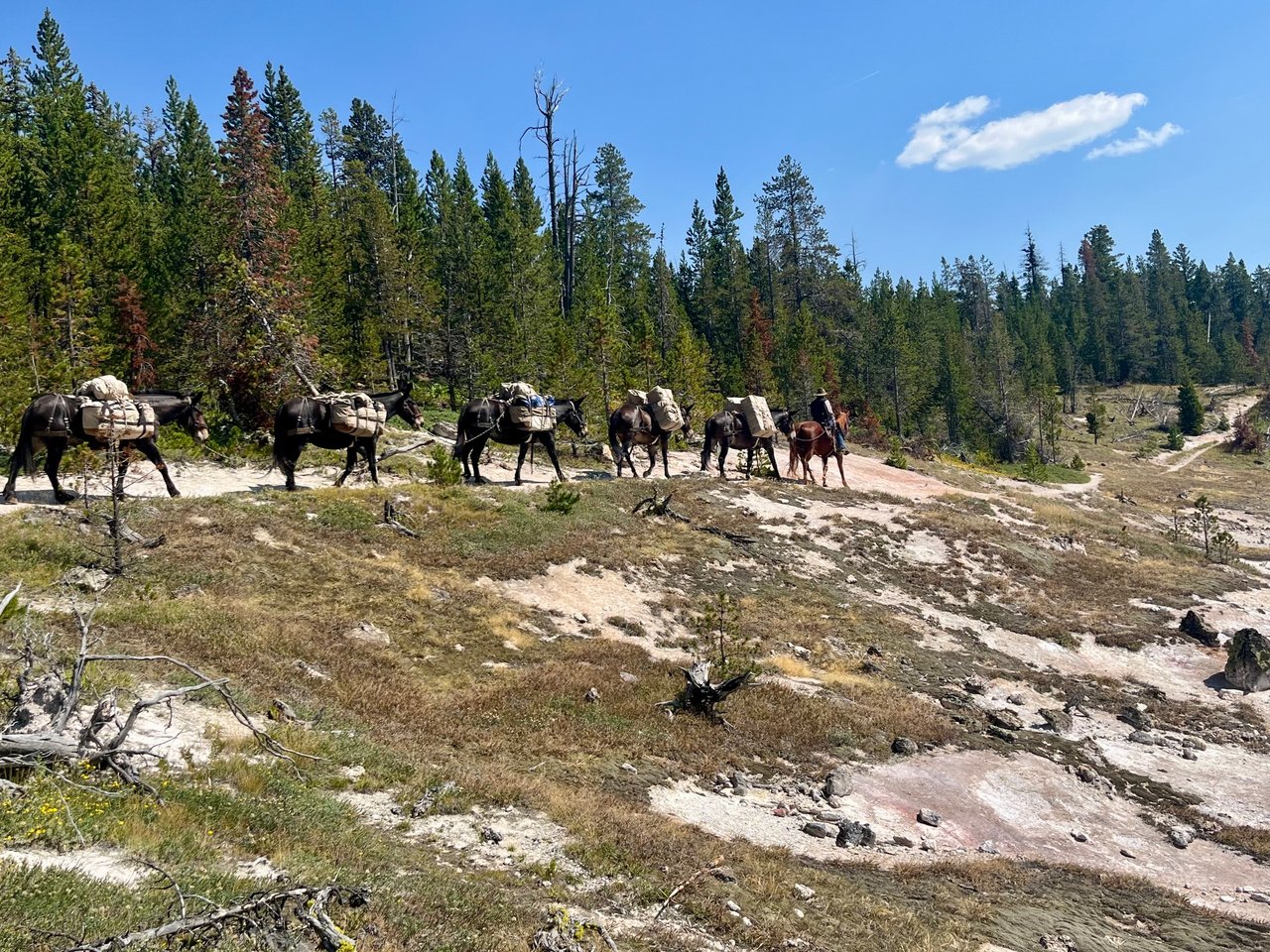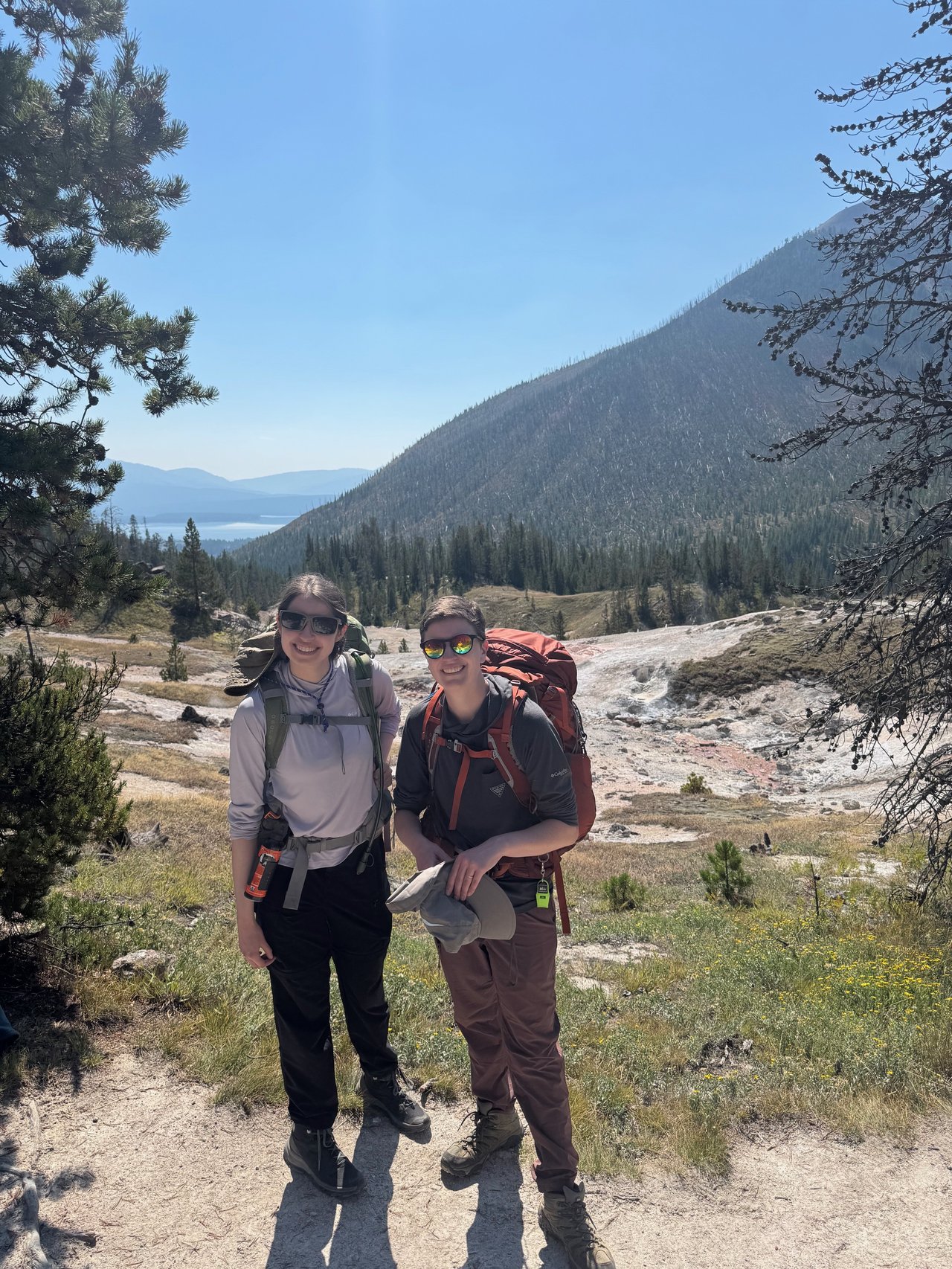Microbial Details in Hot Springs

Key Takeaways:
- Expanding the Tree of Life: Oliverio’s NSF-funded research is discovering and describing new species of microbial eukaryotes that thrive in geothermal springs, helping scientists better understand the diversity and evolution of life on Earth.
- Defining Life’s Limits: Her NASA-supported work aims to identify the temperature and pH thresholds under which eukaryotic life can persist, offering insights into the boundaries of biology and the potential for life beyond Earth.
- Training Future Scientists: A&S students are involved in all aspects of the research, from field sampling in Yellowstone to lab-based microscopy and genomics, gaining valuable hands-on experience.
What are the limits of life on Earth? Could life exist under similar conditions elsewhere in the Universe? These are the questions driving groundbreaking research by Angela Oliverio, assistant professor of biology in the College of Arts and Sciences at Syracuse University. Oliverio has received two major grants: a three-year award from the National Science Foundation (NSF) and a grant from NASA to study how microbial eukaryotes, organisms composed of one or more cells with a membrane-bound nucleus and organelles, survive in extreme environments such as geothermal springs, where temperatures exceed 120°F and waters are often rich in minerals like sulfur, calcium and magnesium.
Pushing the Boundaries
Oliverio’s NSF-funded project focuses on biodiversity discovery in geothermal springs. These springs are home to extremophiles, which are microorganisms that thrive in conditions once thought inhospitable to life. While bacteria and other similar single-celled organisms like archaea that thrive in extreme environments have been studied extensively, Oliverio’s work turns the spotlight on microbial eukaryotes, a group that includes amoebae and other single-celled organisms with complex cellular structures.
“Geothermal springs are some of the best studied ecosystems for bacteria and archaea,” Oliverio explains. “But we know extremely little about how eukaryotic cells withstand extreme conditions like high temperature and low pH. This means our understanding of the capabilities of eukaryotic cells is limited and there’s an extraordinary opportunity to learn more about fundamental cell biology by researching life at the edges.”
From Yellowstone to the Lab
Oliverio’s team recently returned from a five-day sampling expedition in Yellowstone National Park’s Heart Lake Geyser Basin, hiking over 53 miles with packs and scientific gear—some of it transported by pack mules—to reach remote geothermal features. The samples collected will help document the biodiversity of microbial eukaryotes across diverse spring systems, leading to the discovery and description of new species.

This work has real-world implications in the field of molecular biology. For example, a heat-resistant enzyme called Taq polymerase was discovered in Yellowstone and enabled the development of PCR (polymerase chain reaction), a technique now fundamental to genetic research and diagnostics. Taq polymerase transformed fields ranging from forensic sciences, by enhancing researchers' ability to analyze DNA samples, to pathogen detection, by enabling earlier and more accurate diagnoses. Oliverio’s research could uncover similarly transformative biological tools.
Complementary Research with NASA
While the NSF grant focuses on discovering and describing new species, Oliverio’s NASA-funded research aims to define the abiotic limits of life for eukaryotic organisms. For example, how hot is too hot? And how acidic is too acidic?
Using lab experiments and long-read genomics, her team is profiling functional attributes that allow life to persist under extreme conditions.
“These two projects are complementary,” Oliverio says. “We’re discovering and describing new species that live under incredible abiotic conditions (non-living physical and chemical components of an ecosystem) and then using that information to define the temperature and pH thresholds under which eukaryotic life can persist. Together, they challenge what we think we know about cell biology and the functional capabilities of organisms.”
Training the Next Generation
Oliverio’s lab is a hub of student involvement. Ph.D. student Beryl Rappaport has led efforts in culturing, microscopy of and describing amoebae from Lassen Volcanic National Park. Undergraduate students Melanie Perez and Hannah Murphy, working with Ph.D. candidate Rachel Shepherd, spent the summer characterizing Fumarolamoeba, an amoeba found in both natural geothermal areas and in the ‘built’ environment, including steam pipes that are often found on the backside of buildings.

“Students are involved in all components of this project,” Oliverio says. “From field sampling to microscopy and genomics, they’re gaining hands-on experience in cutting-edge research.”
Next summer, Oliverio plans to expand student participation in field sampling campaigns, offering immersive research experiences at Lassen Volcanic National Park and continuing collaboration with Montana State University’s “Extreme Microbiology in Yellowstone.”
Beyond the lab and field, Oliverio is developing a microbial diversity workshop for high school science teachers. The goal is to create an interactive, day-long experience where educators can earn continuing education credits while exploring extremophile microbes in nearby environments, learning microscopy techniques and discussing how these organisms reshape our understanding of biology.
A Broader Vision for Life and Its Limits
At the heart of Oliverio’s research is a quest to understand how life evolved on Earth and under what conditions it might exist elsewhere. By studying eukaryotic organisms that thrive in extreme environments, her work sheds light on the fundamental rules of biology and expands the boundaries of what we consider habitable.
“This research tells us about the strategies eukaryotes use to live in extreme conditions,” Oliverio says. “It helps define the temperature limits of life on Earth and informs our search for life beyond it.”
Published: Sept. 23, 2025
Media Contact: asnews@syr.edu
